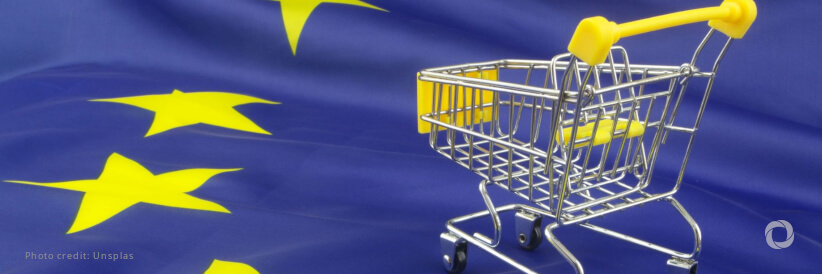The European Commission unveiled a new Single Market Strategy to create a simpler European market. The plan aims to reduce barriers that limit trade and investment across EU countries, help small and medium enterprises (SMEs), and boost digital tools. The strategy asks Member States to help make the EU market better for companies, workers, and consumers.
The EU market has increased the Union’s GDP by 3-4% (approximately €18 trillion) and created 3.6 million jobs since it began. The Commission wants to remove what it calls the “terrible ten” barriers – including complex business setup procedures, unclear rules, lack of common standards, and restrictive national regulations. These obstacles were identified through talks with businesses as the main problems preventing free movement of goods and services in Europe.
The strategy focuses on improving services, with plans for a Construction Services Act and a new EU Delivery Act.
“In today’s uncertain world, the first partners of Europeans must be Europeans themselves. It is time European companies ‘europeanise’ before they ‘internationalise’,” said Stéphane Séjourné, Executive Vice-President for Prosperity and Industrial Strategy.
The plan will also make it easier for repair and maintenance services to work across borders and help remove unneeded rules.
The Commission is creating a new category for small mid-cap companies (SMCs), giving them benefits previously only for SMEs. A new “SME ID” tool will make it easier to verify a company’s size status, while the SME Envoy Network will help businesses trade across borders. A new simplification package will save companies €400 million yearly by allowing digital document submission and replacing paper instructions with digital ones.
To improve how the Single Market works, Member States are asked to name representatives or “Sherpas” to oversee EU rule application. The strategy responds to the European Council’s April 2024 request and aims to strengthen Europe’s market in a changing global economy.

